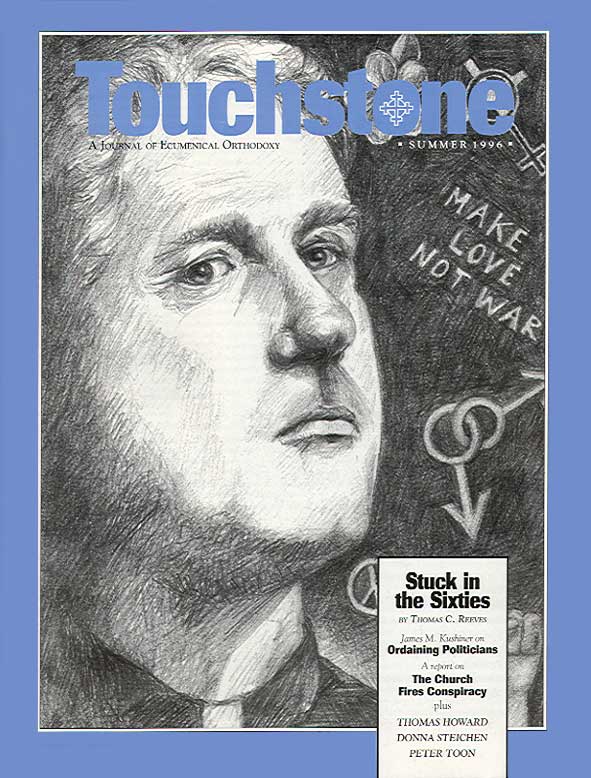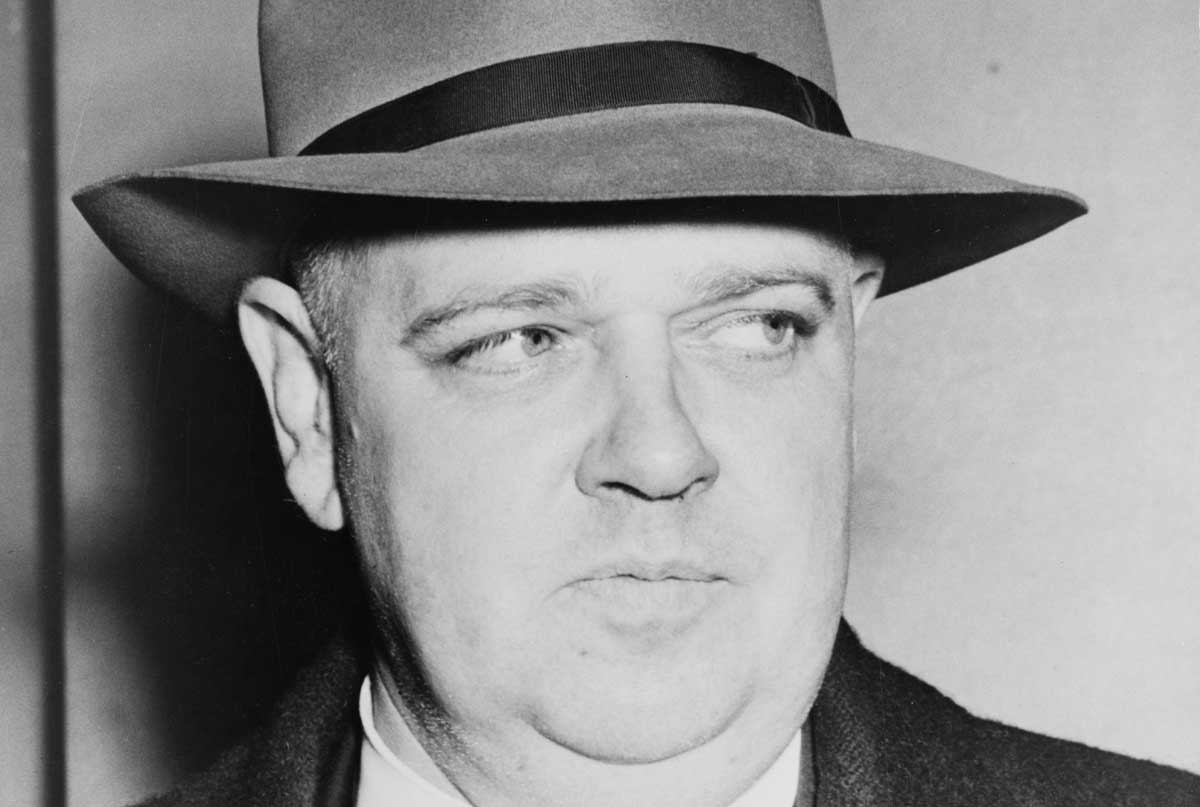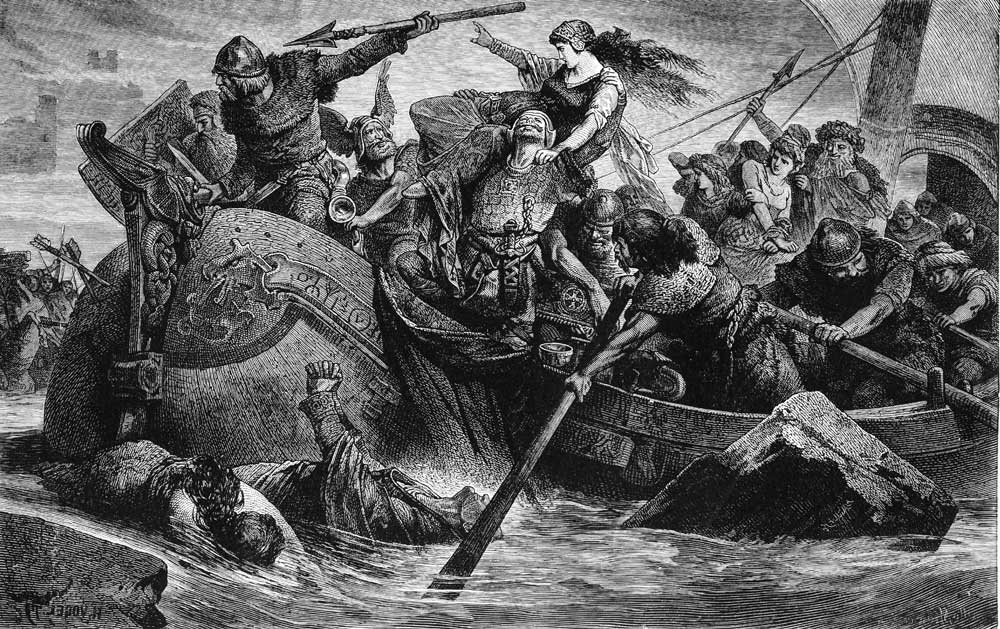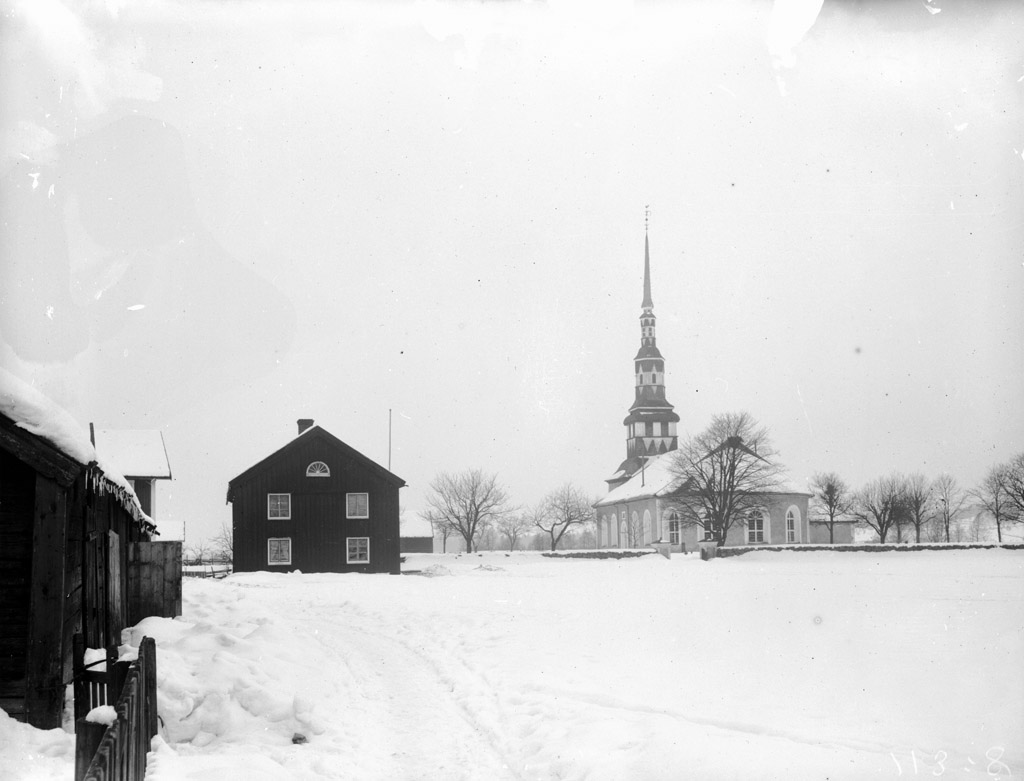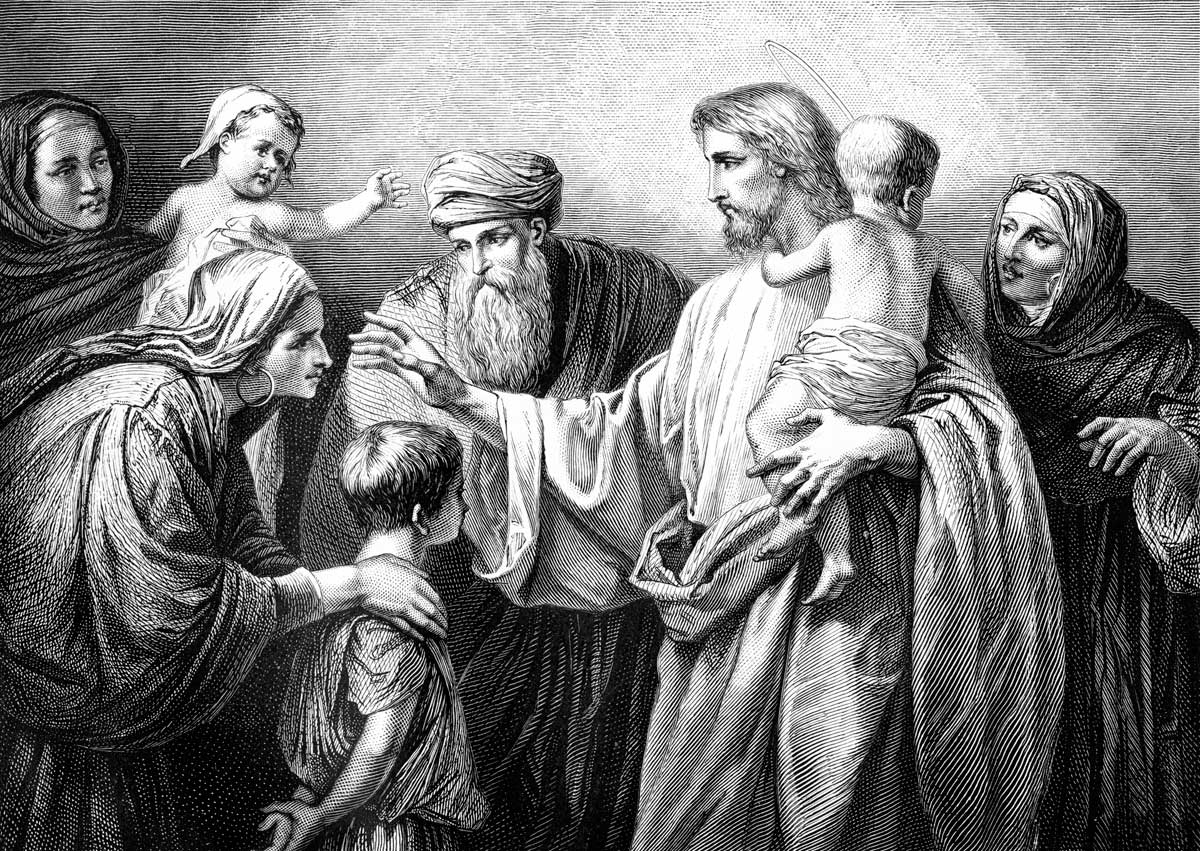Stuck in the Sixties
An Excerpt from The Empty Church: The Suicide of Liberal Christianity
by Thomas C. Reeves
In the chaotic period from 1965 to 1975, the mainline churches declined rapidly in several ways. For the first time in American history, the major church groups stopped growing and began to shrink. Then too, religious giving in relation to inflation fell off, and new church construction declined. Young, educated, middle-class men and women seemed especially alienated, in particular those who shared in the cultural upheavals. Intellectuals used such terms as post-Protestant, post-Puritan, postreligious, and secular city to describe this era.
A Gallup poll conducted in 1968 showed that 67 percent thought religion was losing its impact on society. A few years later, the figure had risen to 75 percent. Major reasons included the belief that the church was outdated, irrelevant, that morals were breaking down, and that people were becoming materialistic. In a 1971 Gallup survey, almost 40 percent of the Catholic and Protestant clergy under 40 years of age said they had given serious thought to leaving the ministry. Between 1966 and 1969, in the immediate aftermath of Vatican II, which “modernized” the Catholic Church, the number of nuns in America decreased by 14,000, and the number of seminarians by 30 percent. By 1976, 35,000 nuns and 10,000 priests had departed. Churchgoing dropped nine percentage points between 1958 and the early seventies.
Conservative Growth
In sharp contrast, conservative churches continued to grow. In 1967, the Southern Baptists overtook the Methodists, becoming the nation’s largest Protestant body. Data on missionary personnel reflected the change. Between 1958 and 1971, the number sent out by the Southern Baptist Convention grew from 1,186 to 2,494. The United Methodist overseas task force decreased during the same period from 1,453 to 1,175.
Many thought that the success of conservative churches was explained in part by the fact that they offered clear-cut answers to religious questions and engaged in evangelization. In 1972 Dean Kelley’s Why Conservative Churches Are Growing pointed to the vital relationship among firm convictions, strictness, exclusivity, and growth. (“When a handful of wholly committed human beings give themselves fully to a great cause or faith, they are virtually irresistible.”) Then too, the conservative churches tended to reject the new culture of the era. Roof and McKinney state: “Careful analysis of membership trends shows that the churches hardest hit were those highest in socioeconomic status, those stressing individualism and pluralism in belief, and those most affirming of American culture.”
Roof and McKinney might well have said “liberal American culture,” for it was not the culture of the people who twice elected Richard Nixon to the presidency that excited the leadership of the mainline churches during this period. Literally thousands of examples can be cited to document the fact that liberals were caught up in the idealism, folly, and general pandemonium of the era to a far greater extent than the average person in the pews. Indeed, liberal clergy and laity often boasted of what they saw as their exceptional enlightenment and decried the inability and unwillingness of Christians in general to share in their commitment to “higher” causes.
The Higher Cause of Racial Equality
In some cases the causes were indeed higher. The mainline churches were active in the struggle for racial equality, for example, having an impact on the civil rights movement in which they may always take pride. The Episcopal Church, the United Church of Christ, the Disciples of Christ, the United Presbyterian Church, and the National Council of Churches formed their own race relations commissions. Clergy and laity alike often took strong positions on the issue, and some marched and even faced violence to rid the nation of the ugliness of racial segregation. In 1963, a month before the Washington, D. C. demonstration led by Martin Luther King, Jr., several prominent religious leaders set a precedent by being arrested in a civil rights march. The list included Eugene Carson Blake, chief executive officer of the United Presbyterian Church, and Bishop Daniel Corrigan of the National Council of the Episcopal Church. It was generally acknowledged that the support of religious groups was crucial in passage of the Civil Rights Act of 1964.
In 1963, the National Council of Churches created its Commission on Religion and Race, which became highly involved in the civil rights scene, including co-sponsorship of the March on Washington in 1964. The NCC’s Delta Ministry in Mississippi, which had a staff of 55 in 1966, was active in voter registration, citizenship education, welfare rights, and economic improvement for blacks. In 1967, the year in which Newark and Detroit went up in flames during the “long hot summer,” NCC leaders voted to invest funds in urban ghettos and ask member denominations to endorse economic boycotts of companies practicing “exploitation or discrimination.” In the early 1970s, the National Council had its first black president and was part of a mainline church effort to curtail corporate investments in South Africa.
Thomas C. Reeves is a retired history professor who lives with his wife Kathleen in the Wisconsin countryside. Among his numerous books are biographies of John F. Kennedy and Fulton J. Sheen. His latest book is Distinguished Service: The Life and Times of Wisconsin Governor Walter J. Kohler, Jr. (Marquette University Press).
bulk subscriptions
Order Touchstone subscriptions in bulk and save $10 per sub! Each subscription includes 6 issues of Touchstone plus full online access to touchstonemag.com—including archives, videos, and pdf downloads of recent issues for only $29.95 each! Great for churches or study groups.
Transactions will be processed on a secure server.
more on History from the online archives
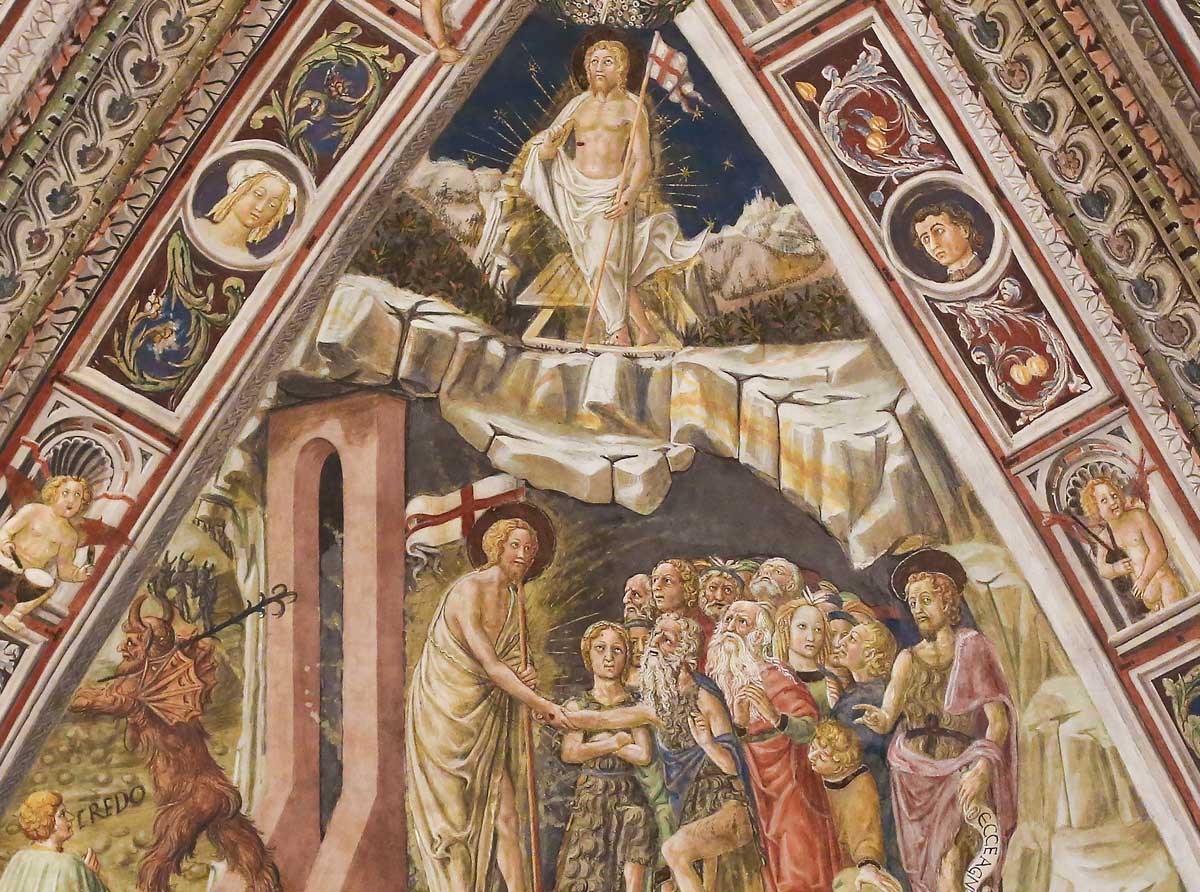
14.6—July/August 2001
The Transformed Relics of the Fall
on the Fulfillment of History in Christ by Patrick Henry Reardon
more from the online archives
calling all readers
Please Donate
"There are magazines worth reading but few worth saving . . . Touchstone is just such a magazine."
—Alice von Hildebrand
"Here we do not concede one square millimeter of territory to falsehood, folly, contemporary sentimentality, or fashion. We speak the truth, and let God be our judge. . . . Touchstone is the one committedly Christian conservative journal."
—Anthony Esolen, Touchstone senior editor





